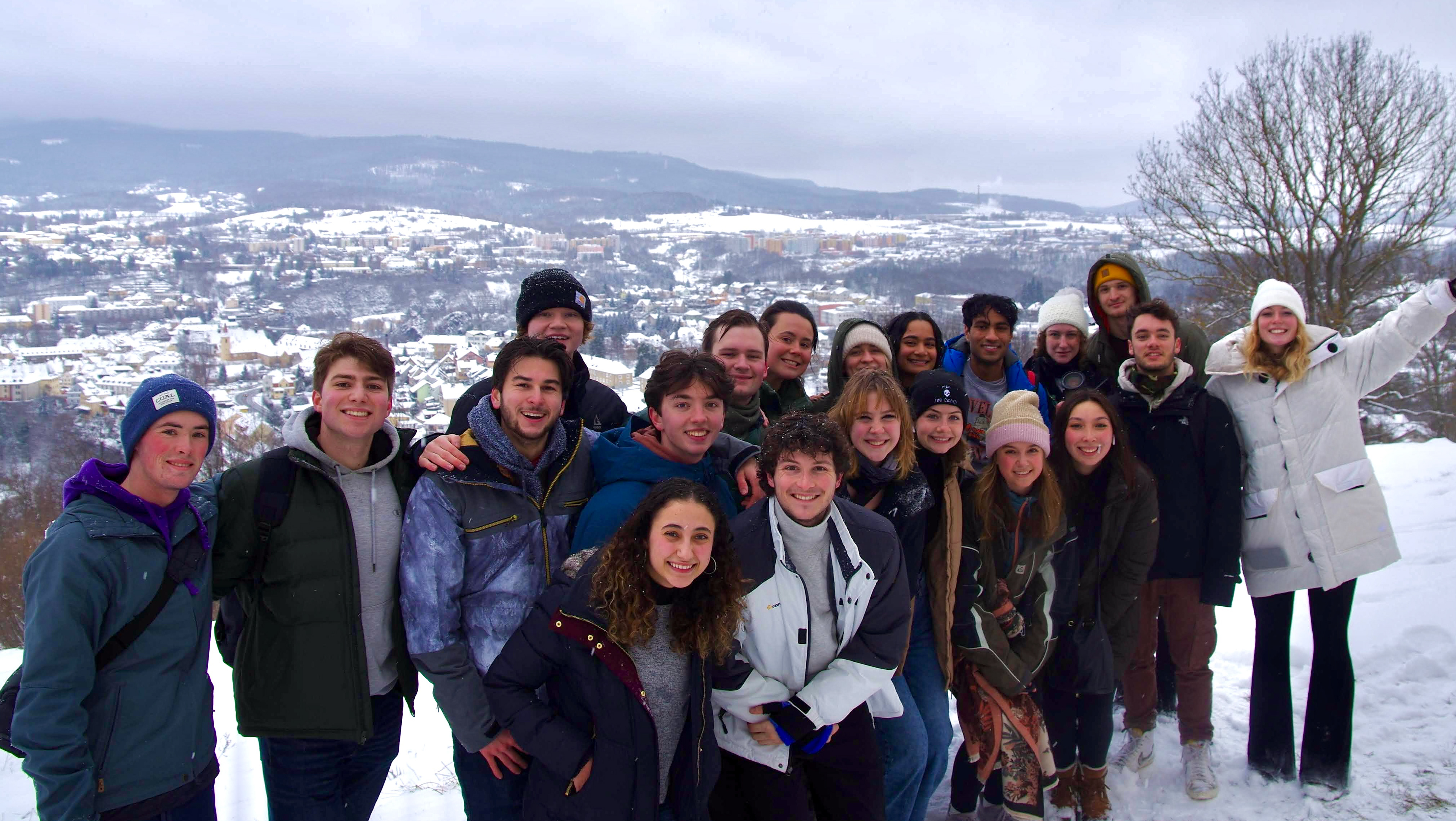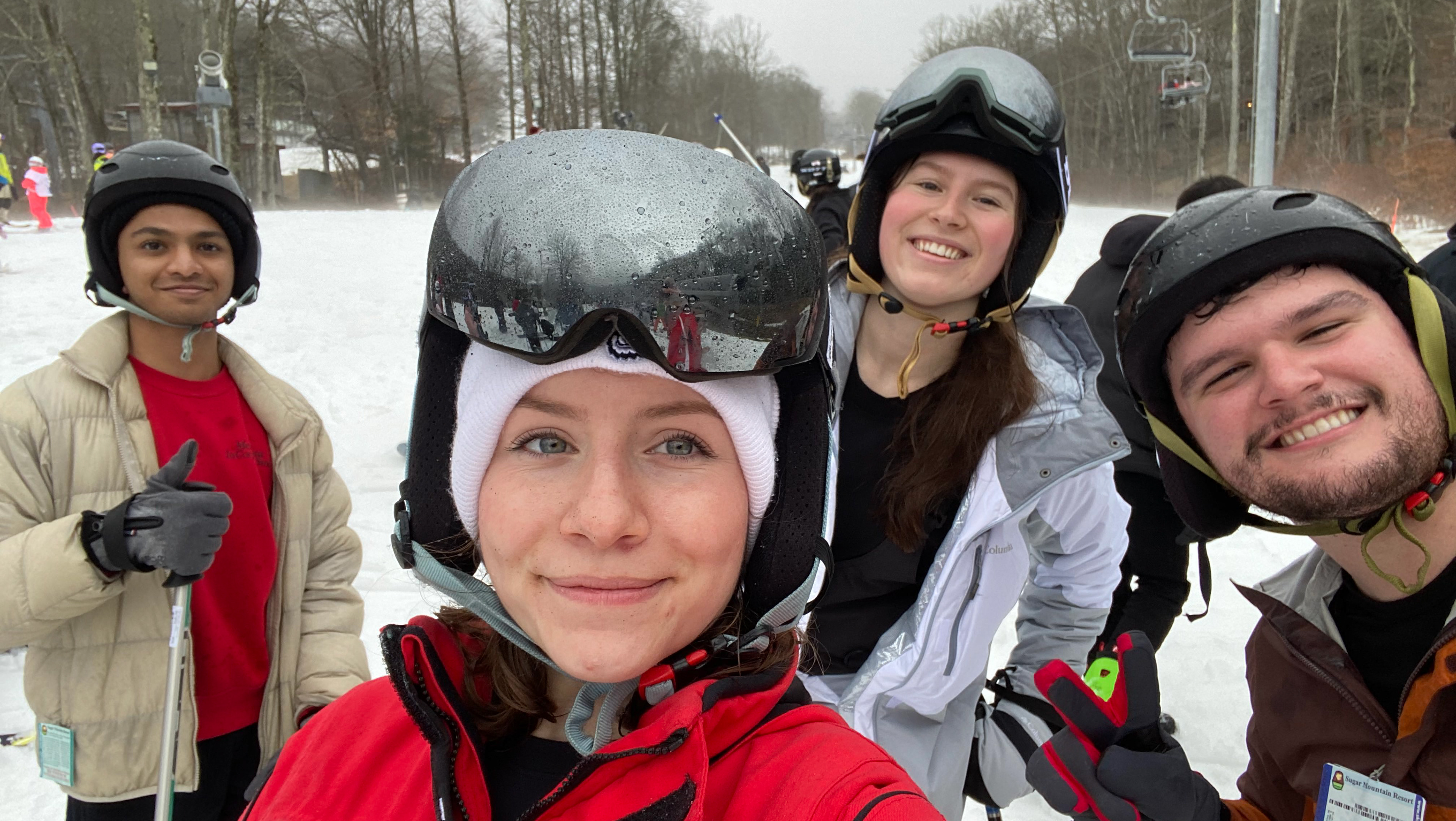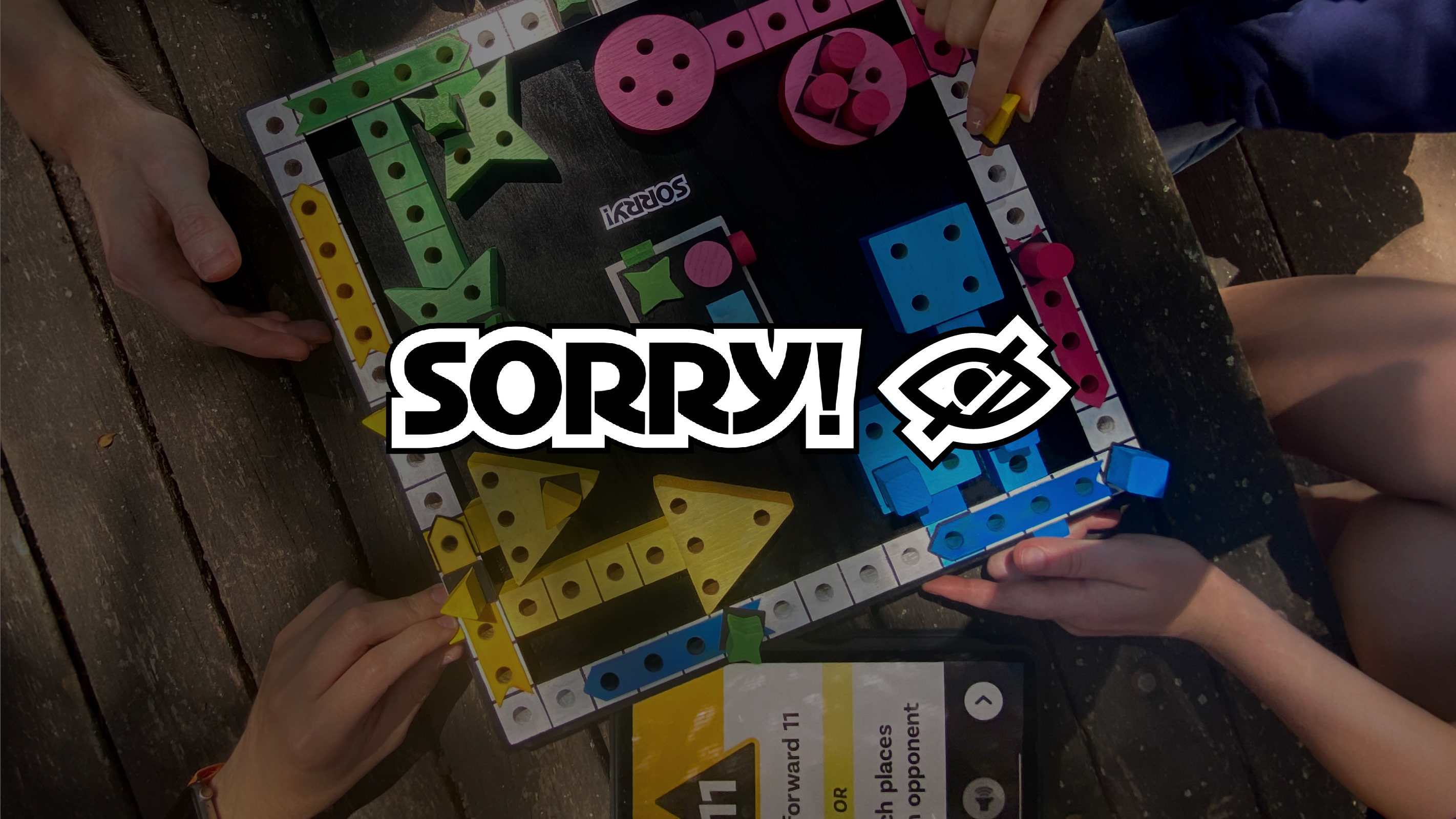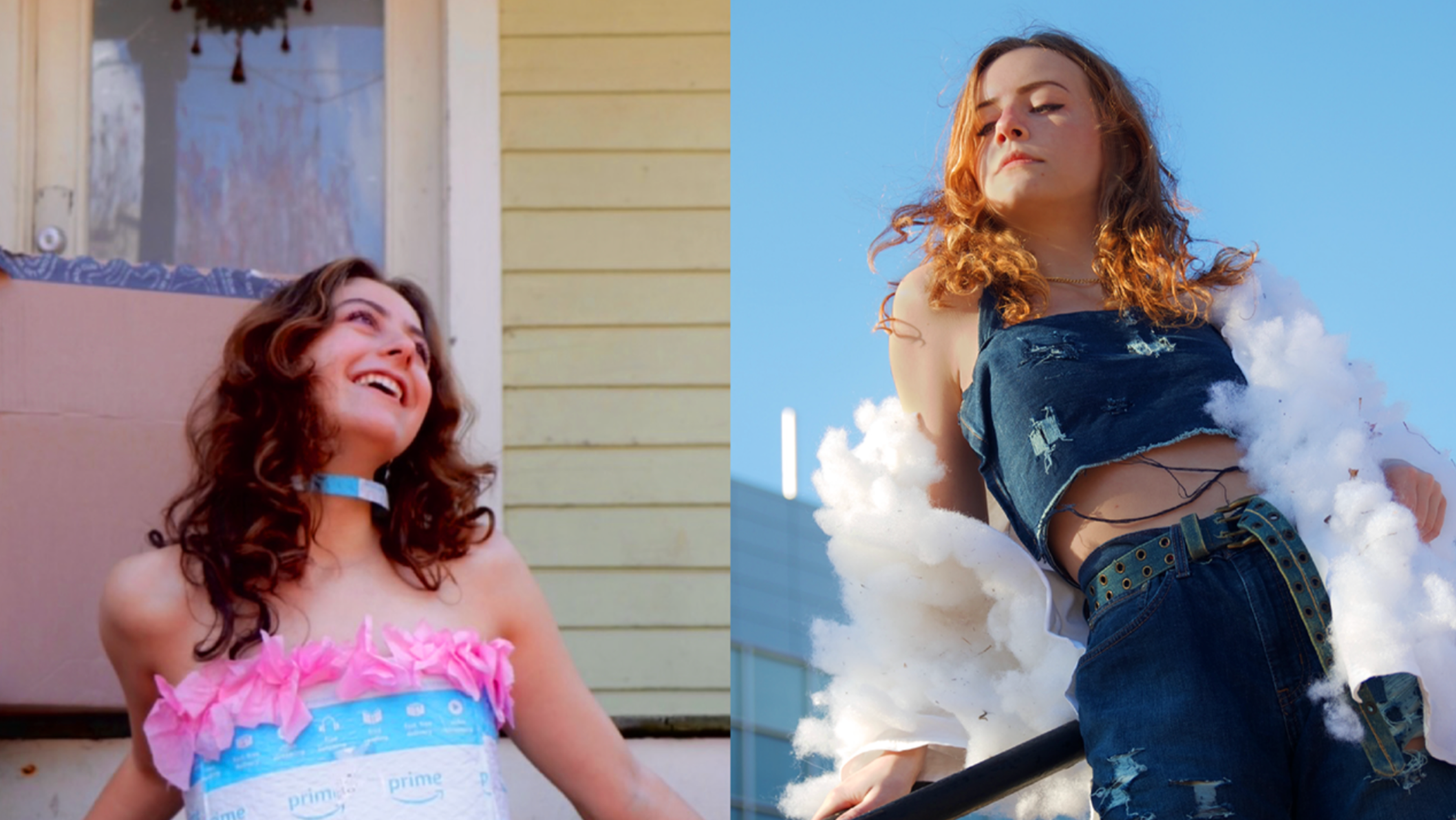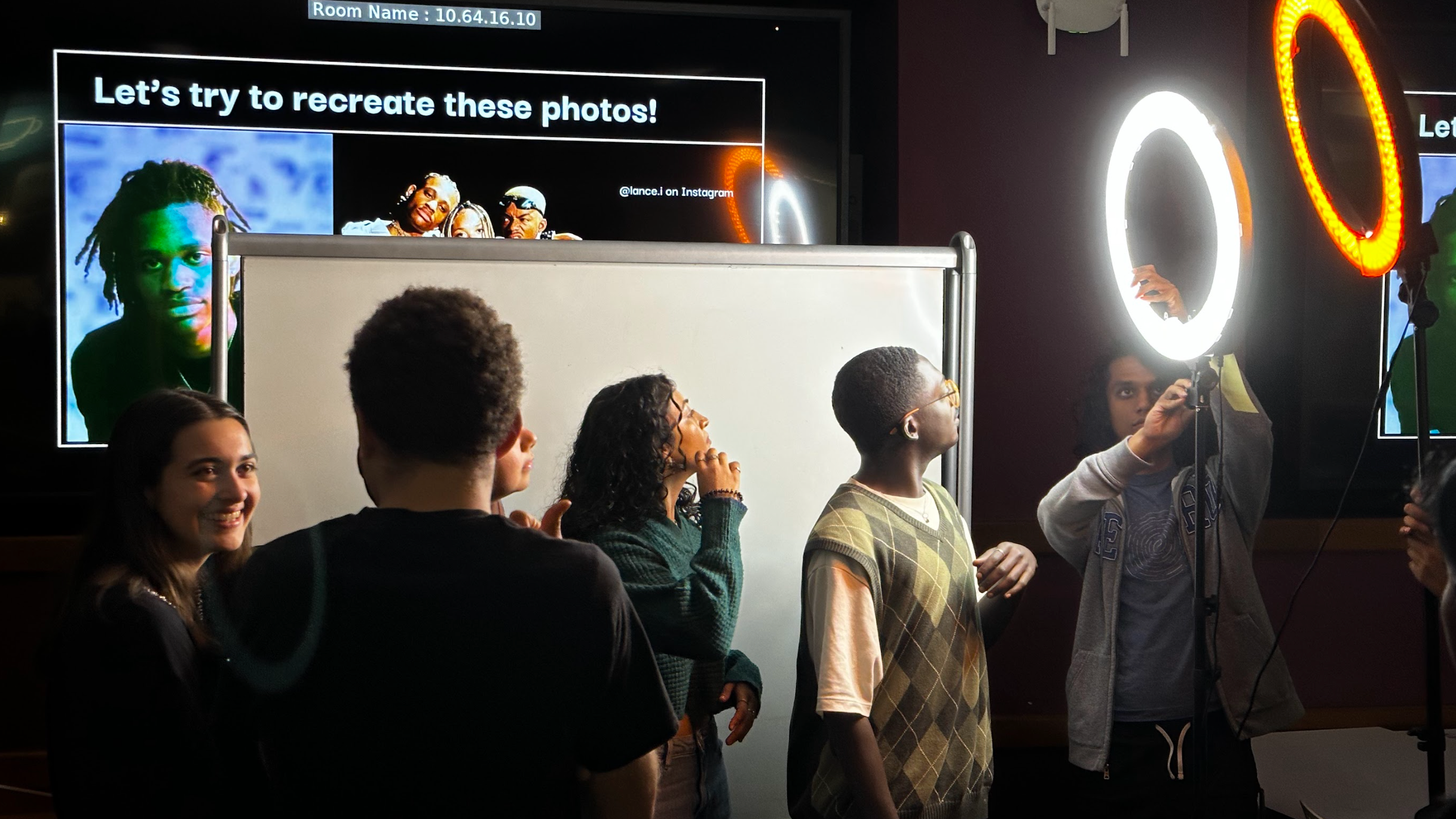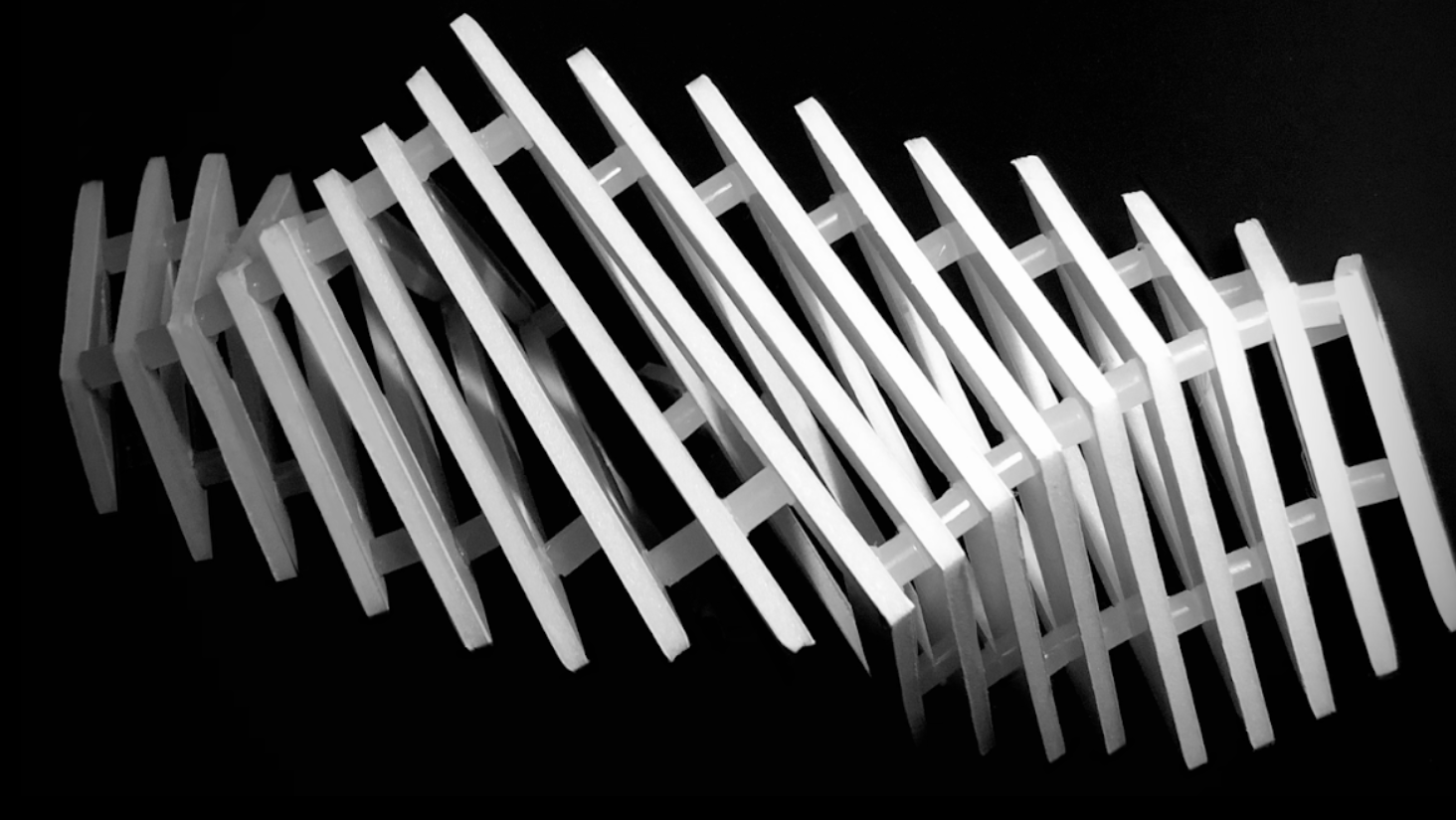Study Abroad - Summer Studio
The Living Histories Project: Kefalonia, Greece
The Living Histories Project is an ongoing, multi-year effort by NC State University to document the history and practices of the people living in Kefalonia, Greece. The most recent research for the project was conducted by a team of nine students from NC State's College of Design during our five-week study abroad in Kefalonia. Our work involved interviewing locals, gathering historical data of the island’s history, and creating a plan for a website housing our findings to be accessed by future generations.
This project increased my understanding of how to present information to people of different cultural backgrounds and primary languages.

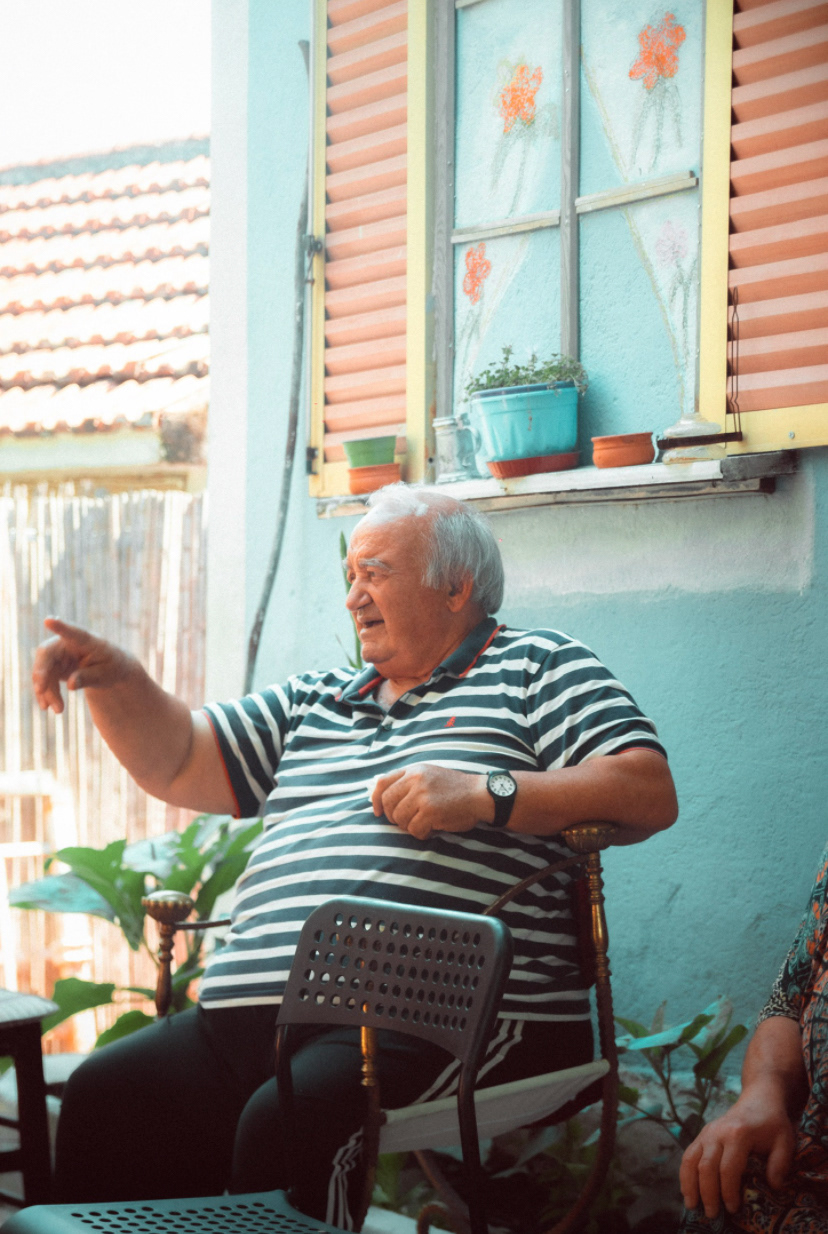
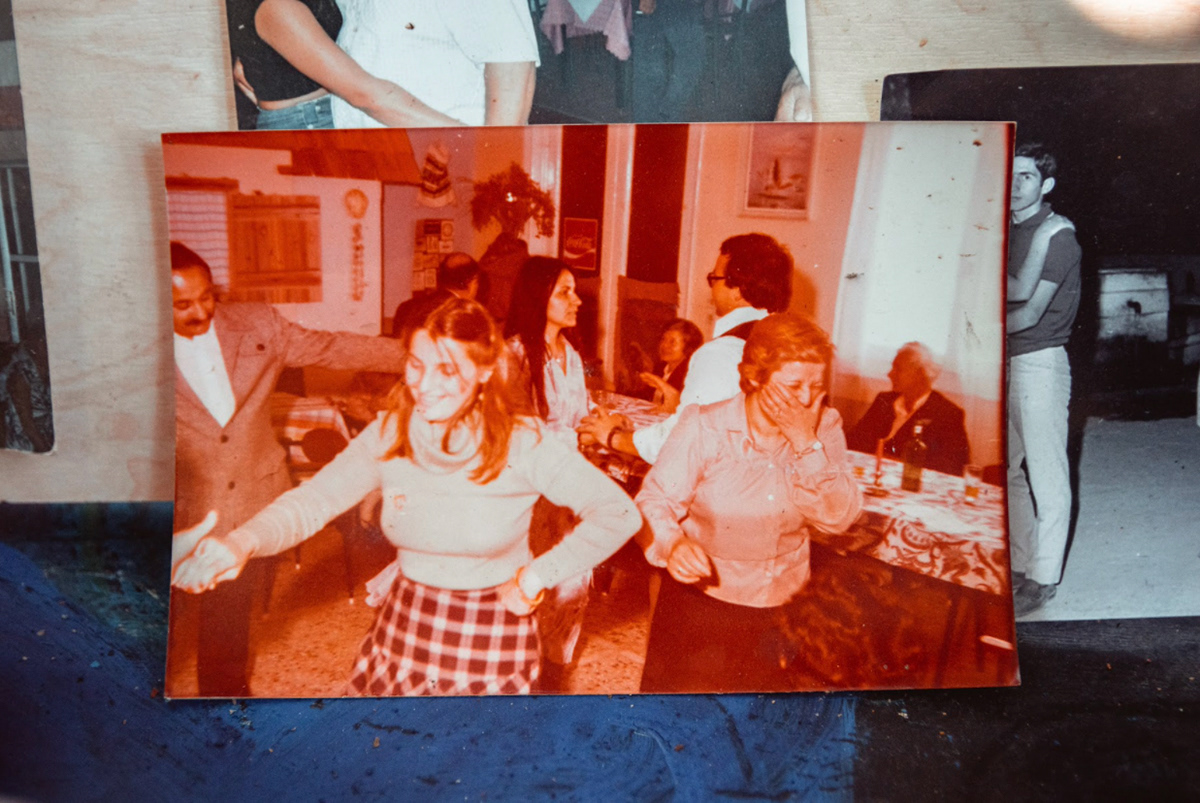
About Living Histories
2016-2019
The Beginning
The project began in 2016 when our professor, Scott Townsend, identified Kefalonia, Greece as a key location to begin research on social practices and interaction. In 2017, the first group of NC State students arrived in Kefalonia to work on community design projects. The second student group in 2019 explored ideas for showcasing the island's history and culture.
2021
Collecting Knowledge
Professor Townsend partnered with Dr. Maria Patsarika, an Institution Associate at the Social Design Institute of the University of the Arts in London. They began conducting interviews with the elderly members of the community to gain oral knowledge of the island's history.
2022
First Website
The third group of students (we) arrived to the island to put the Living Histories project in motion. For five weeks, our team of nine students worked to create a preliminary website to house material collected to date. Interviews will continue to be conducted, and future student teams will continue to revise the site.

Photo by Jordi Stephenson

Lilly Gonzales, Emma Carter, & Joe Lingo (Photo by Jordi Stephenson)
Design Process
The Problem
Major historic events spanning from 1940-1960 led many to leave the island in search of a better life. One of the most notable events, a devastating earthquake in 1953, caused mass devastation and destroyed almost all standing structures. Even today, young Kefalonians are leaving the island, and its history is being lost.
The Design
From conversations with interviewees, we identified an apparent desire to create awareness of local practices among younger members of the community before these practices are lost to time indefinitely. Our website houses personal accounts of those on the island and records of cultural practices to be accessed by future generations.
Local Interviews
We felt that the primary focus of the website should be on the Oral Histories (Interviews) of the Kefalonian people. Their histories are important to preserve; if they are not, the stories die with their storyteller. Below are a few of the photographs taken to document the interviewing process.
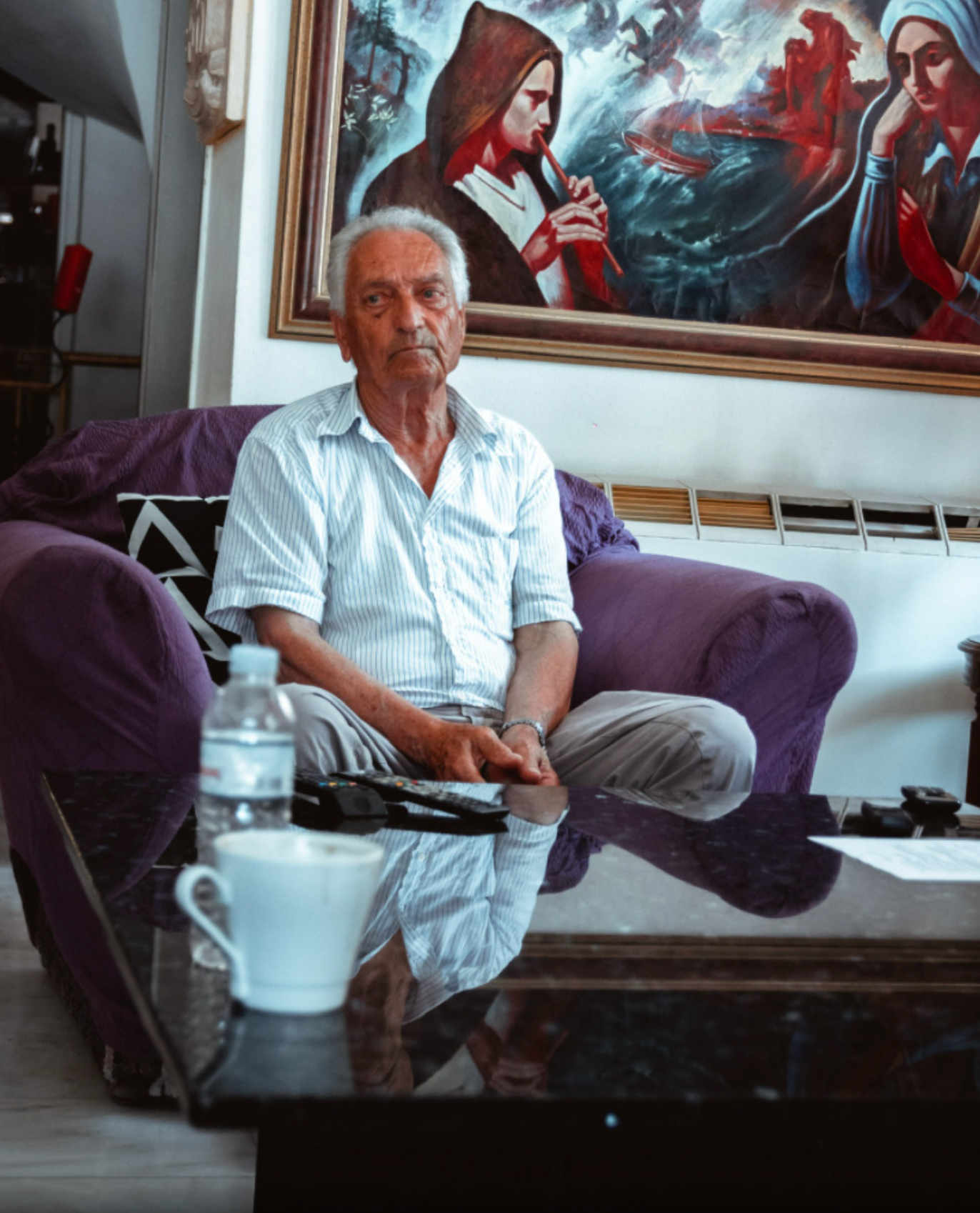
Miliaresis Panagis (Photo by Jordi Stephenson)

Vasilis Kampitsis (Photo by Jordi Stephenson)
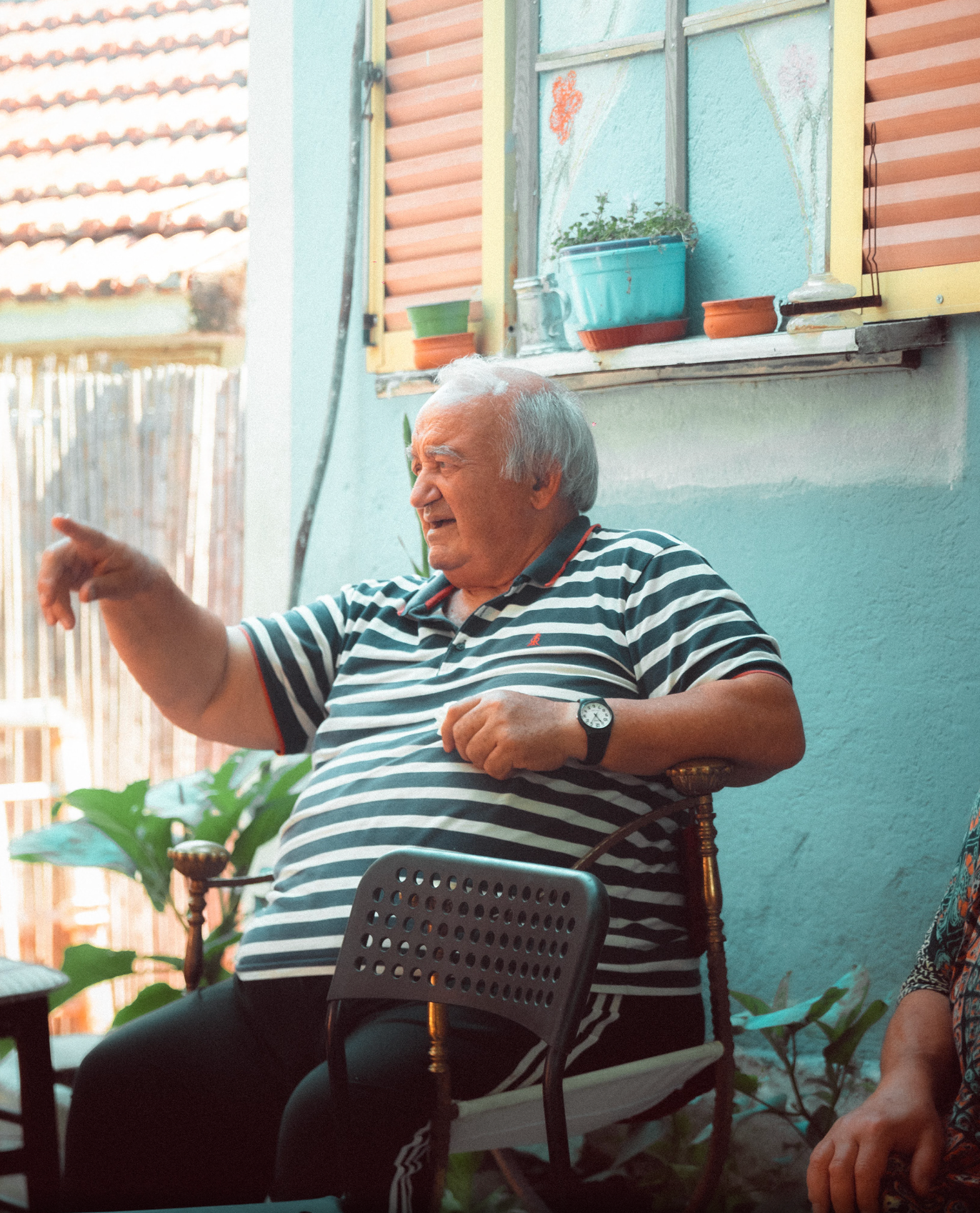
Babis Goulimis (Photo by Jordi Stephenson)
Website Iterations
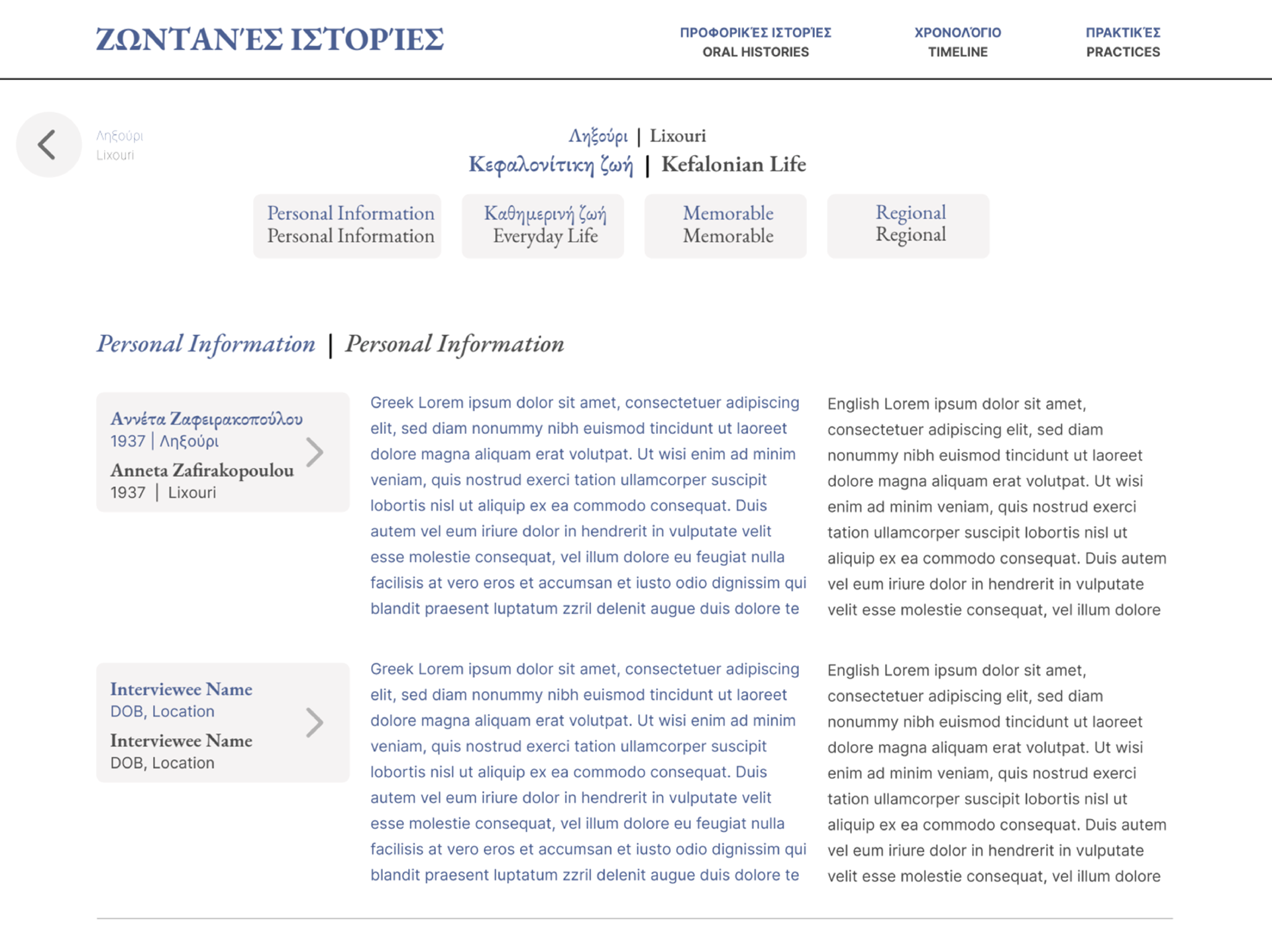
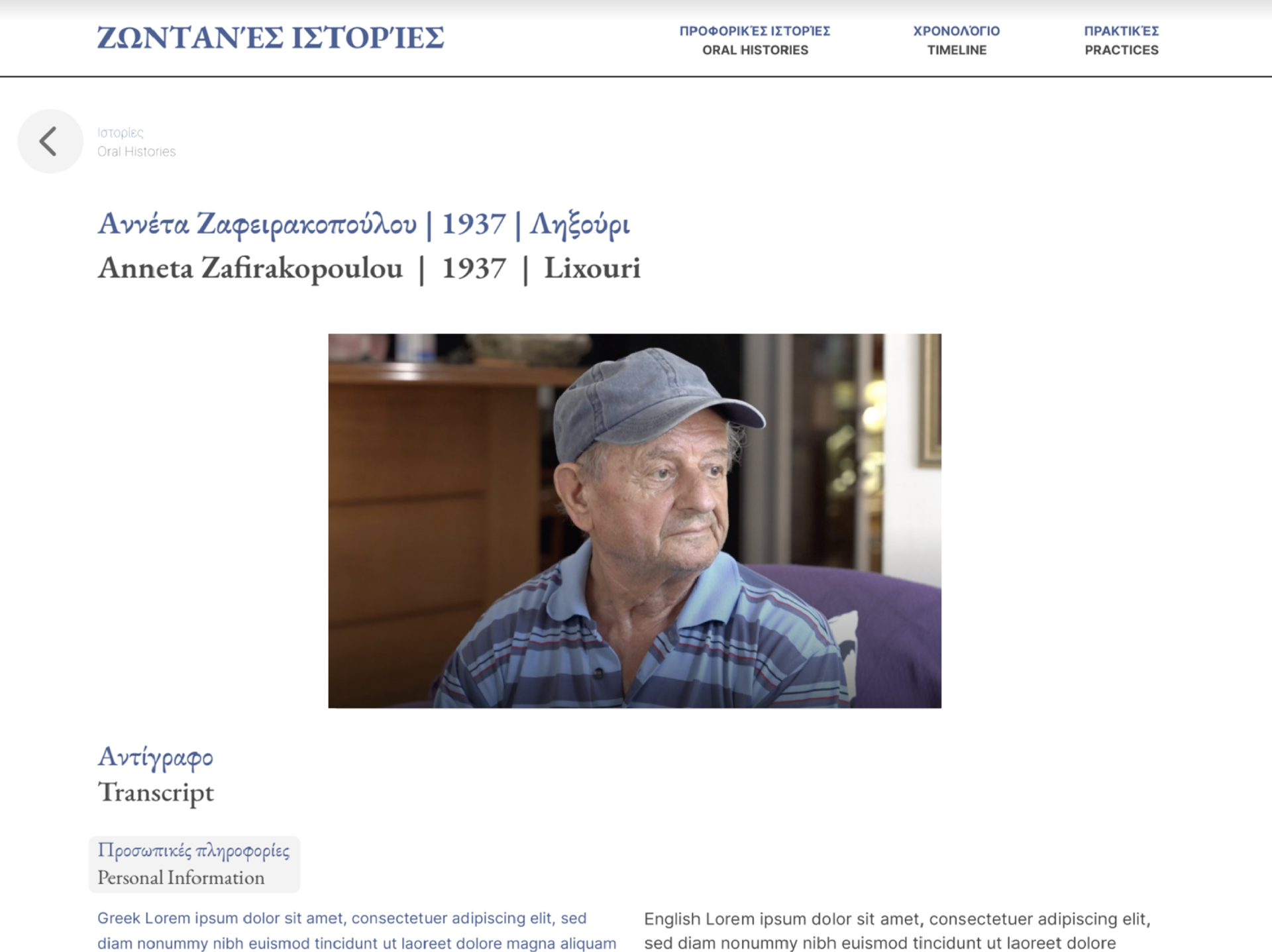
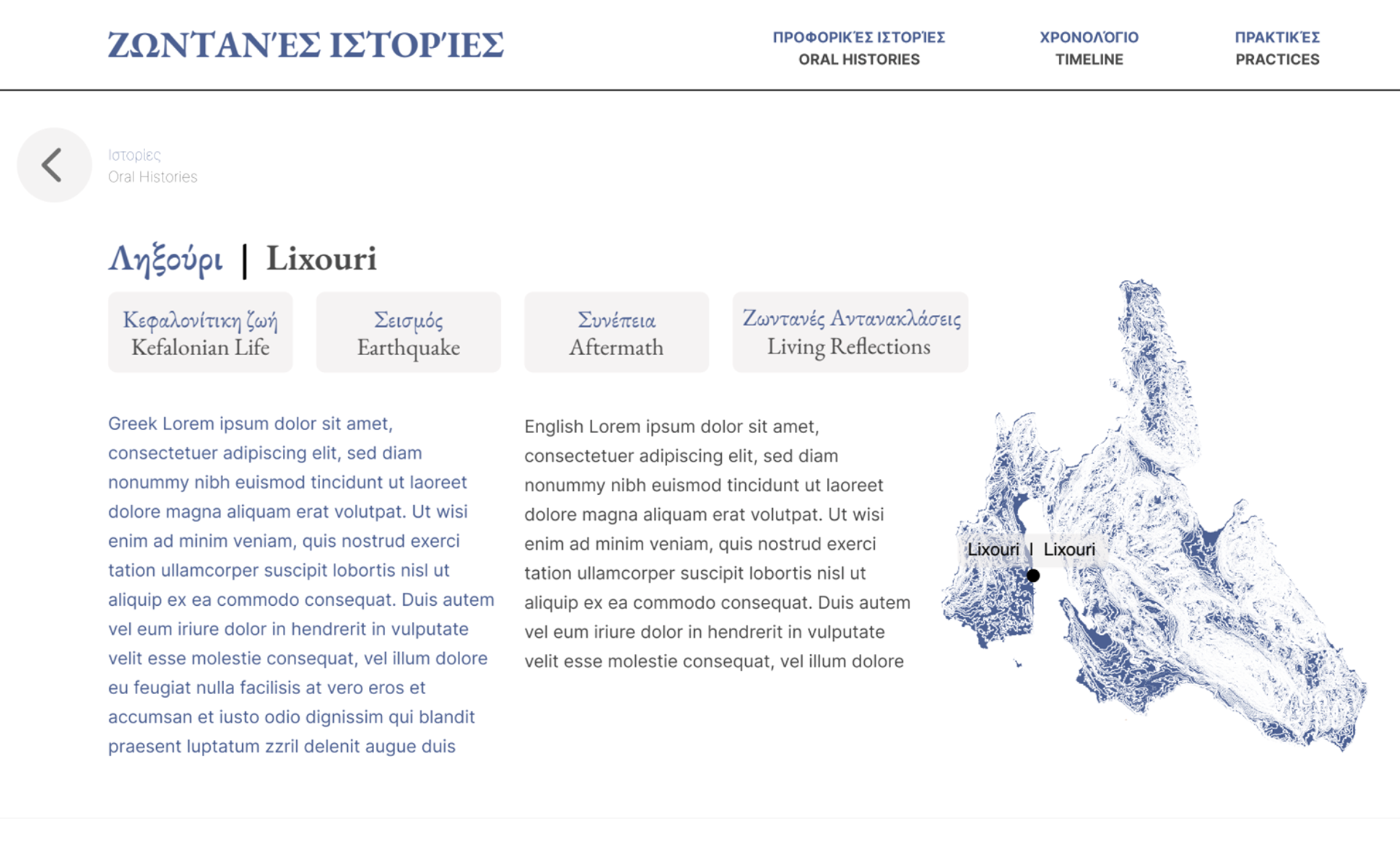

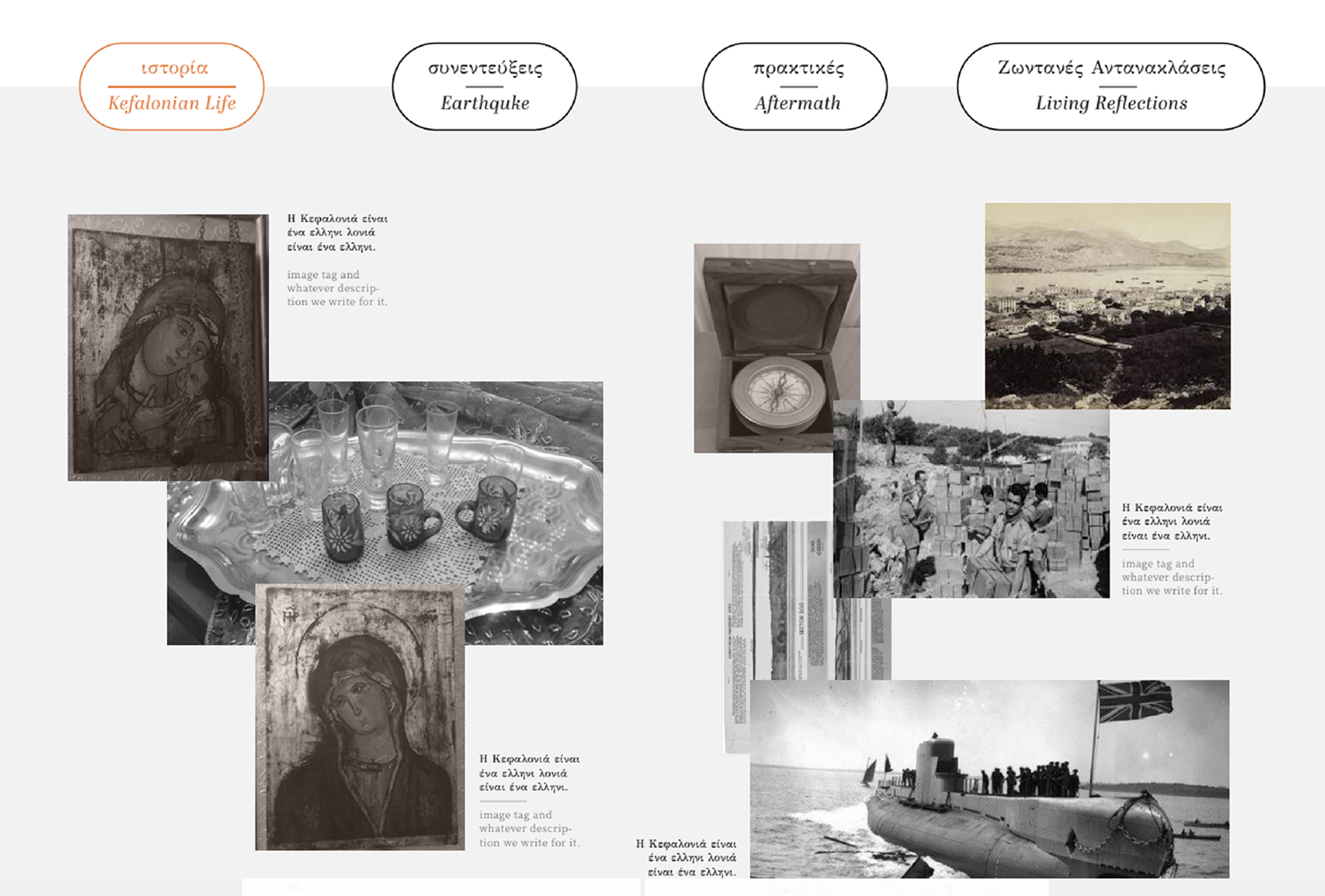
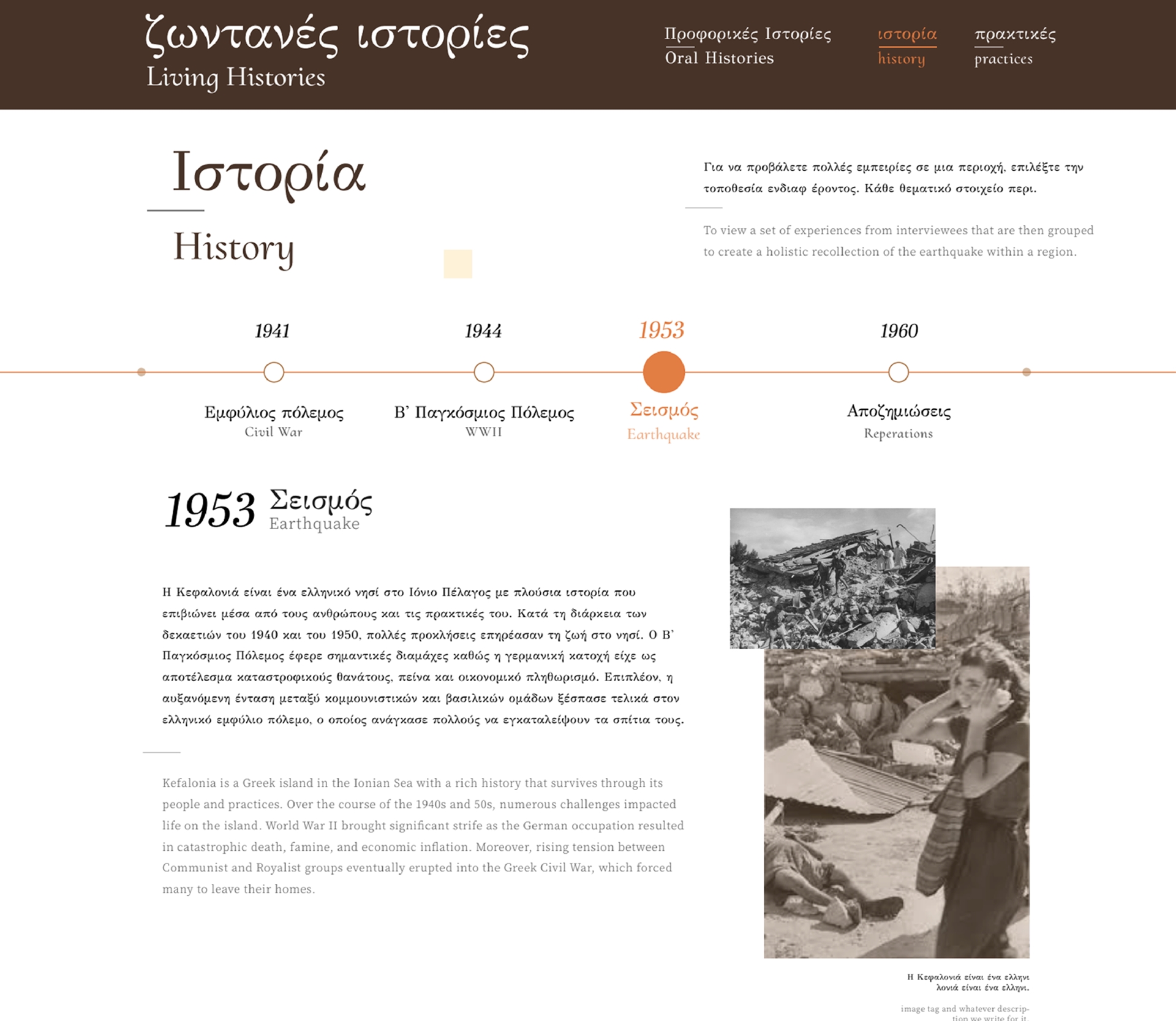
Wireframes (Adobe XD)

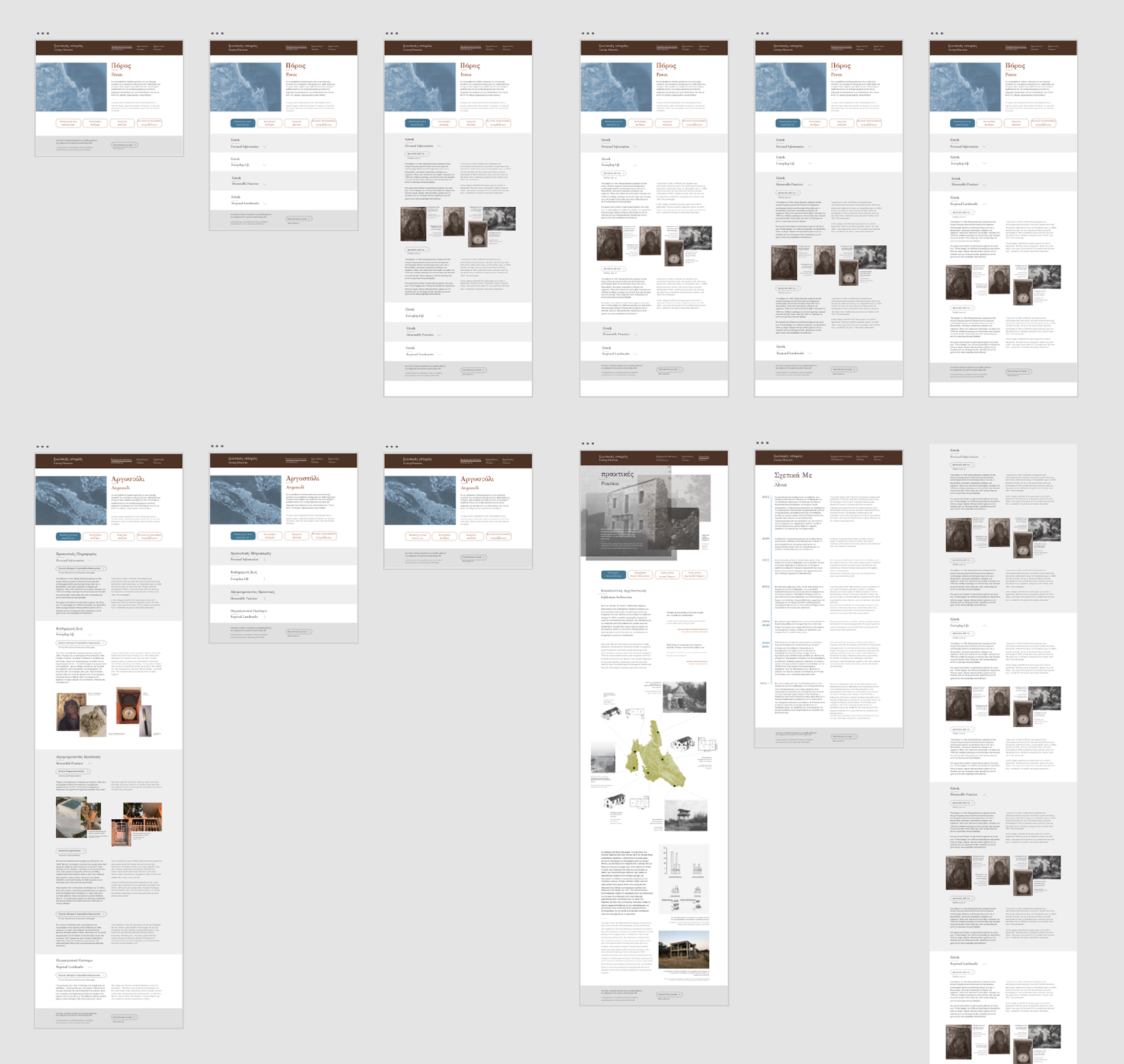
The Living Histories Project
Preserving Kefalonian History
Video Walkthrough
All interviews can also be found on our Youtube Channel:
Conclusion
Living & Working in Kefalonia, Greece
This five-week study abroad is among the most impactful experiences of my college career. Having the opportunity to work on a team of nine talented individuals, in one of the most beautiful locations I have ever seen, has been invaluable,. I hope to one day return to Kefalonia and experience its local beauty and culture again someday.

